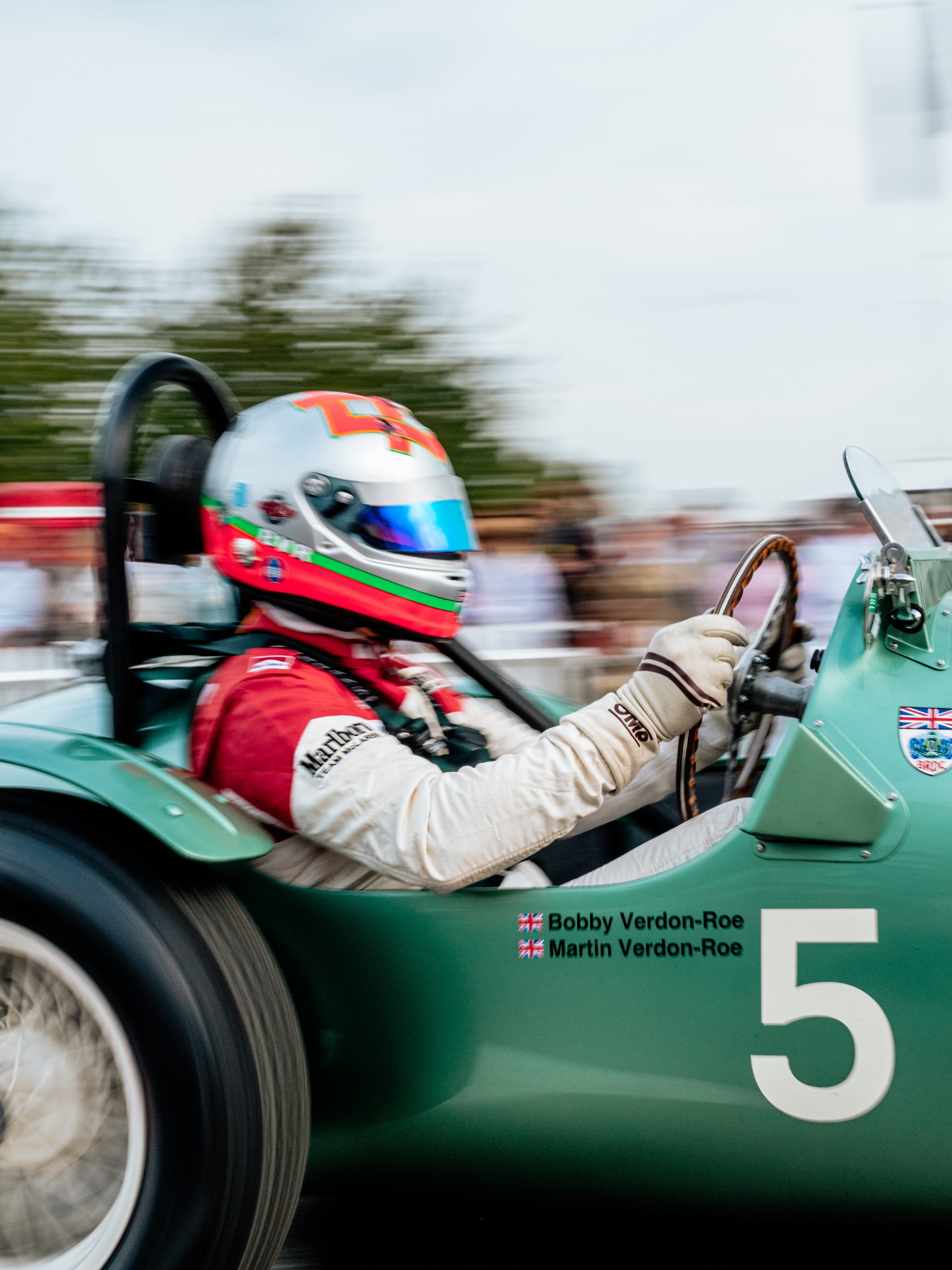Is it time for F1 to ditch DRS?
DRS was the solution to a particularly egregious problem in Formula 1. The last major aerodynamic rule change the championship had undergone – in 2009 – had been aimed squarely at allowing cars to overtake more easily. Instead, what it did was pretty much nothing good.

Rather than make the cars sit right behind each other, as hoped, the swingeing removal of pretty much all aerodynamic devices except the big three – front wing, rear wing, diffuser – had just led to cars that were uglier.
F1 needed a solution, something to allow its state-of-the-art machines to at least get close to each other, or to annul the loss in time over the lap that left cars struggling to get closer than two seconds behind the car in front. DRS was it. A very simple solution too.
If a car was within a second of the one in front, the driver could activate a flap in the rear wing, and gain and extra XXmph. Distances of DRS zones would change race to race, and the idea was that in a DRS zone you would get close enough to attempt a pass.
It definitely helped. Overtaking has improved massively over the last decade, even during F1’s strange super-high downforce sojourn of 2017-2021. But now, things have changed. The 2022 rules have been designed to create cars that can follow each other. Much work has been put into making sure that the rules are hard to twist and that while cars are slower, and definitely fatter, they can at least stay within reach of each other.

That change, unlike the one in 2009, appears to have worked. Drivers can, quite clearly, stay closer to each other than they could before, even at tracks that work the aero, and therefore the following cars, harder like Spa and Barcelona.
But, DRS still persists. F1 kept it there as a crutch, just in case the new rules didn’t quite keep the cars close enough to realistically overtake. It’s meant a pretty barnstorming few races this season – littered among some poor ones, because not every race has to be an epic.
And, as we saw at Spa this year, and a few other tracks, and had been the case in F2 for some time since it received the system, DRS has often been the opposite of helpful. Spa showcased that regularly DRS is great for creating one of two things:
1. The driver behind is able to follow close enough, and would probably have been able to overtake, so now can just blast by on the straight without any kind of skill.
2. The driver behind isn’t quite fast enough to pass, but has DRS, keeping the car behind unable to pass, but they too have DRS etc etc – DRS train.

The first is a bad look for overtakes, they’re now just a stroll when they happen. The second means that cars that could potentially make their way through are stuck, perpetually unable to overtake. The necessity to be two seconds a lap faster than the car in front is lengthened when you find yourself in a DRS train. That means that if you’re Max Verstappen, you can probably carve your way through a slower DRS train in your Red Bull, but if you’re Sebastian Vettel in a mediocre Aston Martin, it’s going to be a long afternoon.
The solution is quite simple. It’s time for DRS to go. If that doesn’t work you can bring it back, but lose it for 2023, let the current regulations do their job. The work that went into the them was long, costly and convoluted, and it’s time to find out if they actually work or not.
DRS had its time, it was a sticking plaster, and one that worked really rather well for quite a few years. As with all sticking plasters, there’s only one way to work out whether it’s not needed any more, rip it off quickly and efficiently.
Images courtesy of Motorsport Images.
Formula 1
F1
F1 2022





























































